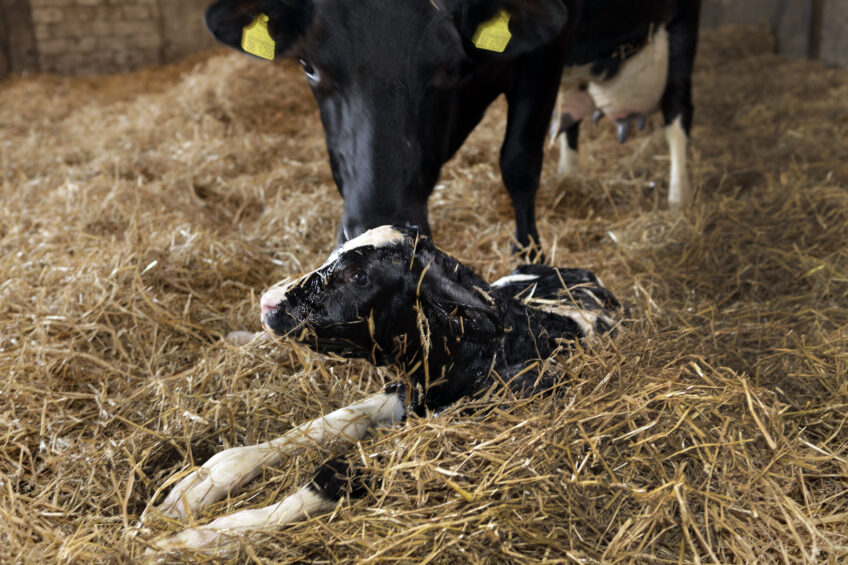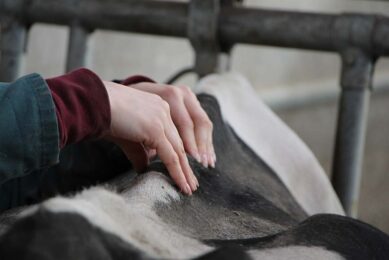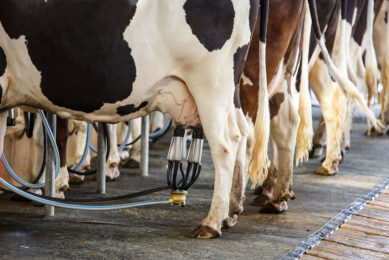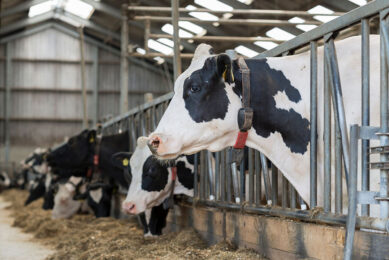Boosting immunity for prevention of ketosis

A healthy start of the lactation is required for good milk production and reproduction. Unfortunately, dairy cattle show increased incidence of both metabolic and infectious diseases during the periparturient period. Several nutritional strategies exist to decrease the incidence of disease and improve productivity.
Pathogenic bacteria are continuously present in the environment of a dairy cow. The well-functioning immune system of a healthy cow is able to deal with those bacteria. The principal defense is the innate immune system.
Although non-specific to the type of pathogen, it reacts quickly at the moment of an invasion of microorganisms. Neutrophils play a major role in the first immune response and their number may vary from minor numbers in healthy tissue to above 90% of all blood cells in an infected tissue. When the innate immune response is efficient, microbes may be eliminated within minutes to hours following the invasion and no noticeable changes in normal tissue functions will happen. However, when the response is not adequate, a chronic inflammation will develop. Some degree of systemic inflammation is exactly what happens to virtually all cows just after parturition. The periparturient period is associated with immune suppression (Figure 1) due to hormonal changes at the end of gestation. Moreover, increased plasma NEFA and BHBA can be correlated with impaired peripheral blood neutrophil function. When reduced neutrophil viability is detected, the chance for health disorders like retained placenta, metritis and mastitis is increased. As a result, both the chance for disease and the severity of the disease are higher in the periparturient period. Diseases during this period are especially problematic because of the major impact on the production level of the new lactation. Moreover, metabolic and infectious diseases during early lactation tend to occur together rather than as isolated events. A cow suffering from ketosis is much more likely to develop mastitis compared to a healthy cow. Similarly, mastitis leads to impaired reproduction performance. Cows during the transition period suffer from immune dysfunction.
Figure 1 – Immunity during the periparturient period.

Improving neutrophil viability
Increasing evidence shows that alterations in bovine immune systems are a major contributing factor to transition diseases, apart from the negative energy balance itself. The constant inflammatory state of the transition cow consumes a lot of energy, up to as much as 2 kg of glucose per day. This energy demand will worsen the negative energy balance, with a vicious circle as a result. A good strategy to support the cow, apart from maximising glucogenic energy intake, would be to prevent immune suppression. Since neutrophils have a key role in immunity, improving their quality has proven to be a valuable option to strengthen the innate immune system during the periparturient period. The supplementation of medium chain fatty acids (MCFA*) during the dry period for example has already shown to improve neutrophil viability at the moment of calving. In numerous field studies, supplementation with MCFA during the lactation resulted in a decrease in somatic cell count. It can be concluded that a better neutrophil viability results in better health, but does it also result in better energy balance?
Figure 2 – Trial showing the effect of medium chain fatty acids on subclinical ketosis.

Reducing negative energy balance
In a trial using 30 early-lactation F1 Gir x Holstein cows, the effect of MCFA-supplementation on blood β-hydroxybutyrate (BHBA) was tested. Diets were formulated according to the NRC (2001) model and contained 50% forage as corn silage and chopped sugar cane. Concentrate was based on ground corn, soybean meal, citrus pulp and minerals in two treatments: (1) control and (2) addition of 40 g of the 25% MCFA product. The experiment was a completely randomised design and cows were supplemented with MCFA during the periparturient period, from 21 days before until 21 days after parturition. Blood samples were collected and analysed at the day of parturition and after 42 and 70 days in milk. Subclinical ketosis was defined when blood BHBA was above 1.2 mM. At the day of parturition, 73.4% of the cows in control group had subclinical ketosis while only 6.6% of cows receiving MCFA showed subclinical ketosis (P < 0.05). At 42 and 70 days in milk, the proportion of cows with subclinical ketosis in the control group was reduced to 40% and increased slightly in the trial group to 13.4%, but the difference remained significant (P < 0.05). In the same study, milk yield and milk quality were analysed. Analyses of milk yield and composition were done weekly for each cow. Milk yield was higher for cows in the group receiving MCFA (26.97 kg/d) when compared with the control group (25.50 kg/d, P < 0.05) from 35 to 70 days after parturition. Milk fat and protein yields were not different between treatments and days sampled. Somatic cell count was lower (64,260 cells/mL) for cows in the trial group compared with the control group (98,800 cells/mL, P < 0.05) confirming that MCFA can improve mammary health.
Figure 3 – Trial showing that medium chain fatty acids improve productivity and health of dairy cows.

Conclusion
The periparturient period as such and the negative energy balance that is associated with it result in immune suppression, including impaired neutrophil function. The result is an increased incidence of disease with important economic impact. Next to supplying high amounts of glucogenic nutrients to the fresh cow, avoiding immune suppression is a useful strategy for optimising the productive and reproductive performance of high yielding dairy cows. The use of medium-chain fatty acids during the periparturient period is a good example of such a strategy. Supplementation with MCFA can alleviate the effects of a negative energy balance, leading to better milk production, milk quality and improved animal health in early lactation dairy cows.
*Aromabiotic® Cattle
Join 13,000+ subscribers
Subscribe to our newsletter to stay updated about all the need-to-know content in the dairy sector, two times a week.










